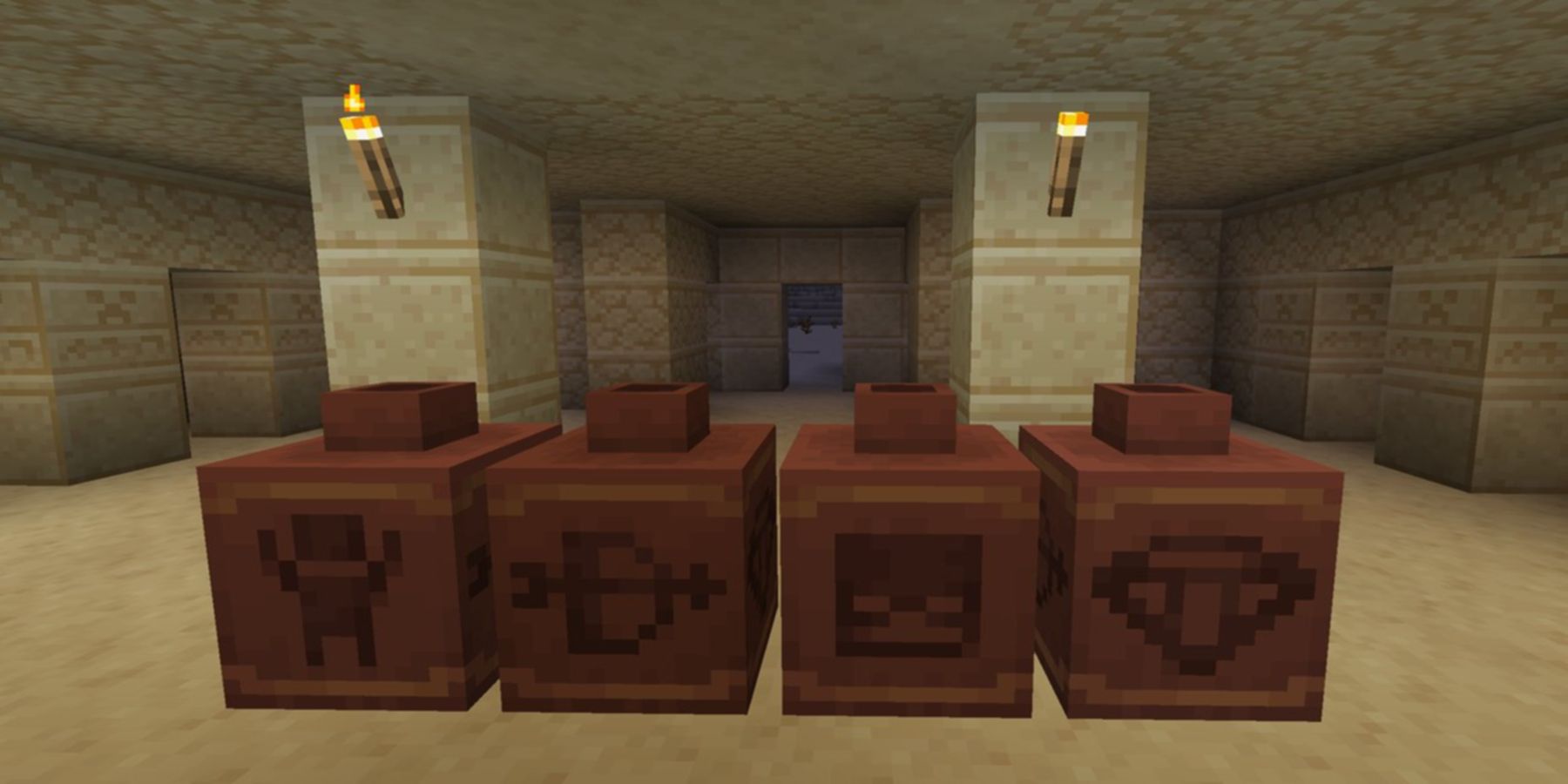
Unveiling the Enigma of Minecraft's Lost Trail Ruins

Uncover the captivating world of Minecraft's Tales and Trails update! Discover the mesmerizing Trail Ruins, an essential addition in Minecraft 120's archeological wonders
The latest Minecraft update, known as the Trails and Tales update or 1.20 update, has introduced exciting new content that expands the lore and history of the game's universe. This update focuses on enhancing exploration and discovery, with one notable addition being the introduction of archeology as a game mechanic. Additionally, the 1.20 update includes features like Trail Ruins, which offer various functionalities. Players may be interested in learning how to effectively approach and maximize the use of these new structures.
Minecraft 1.20 and Archeology
Archeology in Minecraft adds an extra dimension to the mining and exploration aspects of the game, enhancing the core experience that fans know and love. The highly anticipated feature, initially planned for the Caves and Cliffs update, has been eagerly awaited by players.
With archeology, players have the opportunity to encounter "suspicious" blocks while exploring, which can contain a variety of valuable items. These blocks, appearing as sand and gravel, require the use of the newly introduced brush tool in Minecraft to uncover their hidden treasures.
These treasures can vary from common items to valuable loot like relic music discs, sniffer eggs, and emeralds. Suspicious blocks are often linked to a variety of new structures in Minecraft, suggesting a rich and enigmatic history for the game's world. Among these new structures, Trail Ruins take precedence and are crucial for players interested in discovering rare archaeological artifacts.
Minecraft 1.20's Trail Ruins Structure
In Minecraft, Trail Ruins structures are the remnants of ancient settlements. When exploring Trail Ruins, players will come across the outlines of lost buildings that resemble villages from the past. These structures are often buried underground, requiring players to extensively excavate the area to uncover them.
The Trail Ruins can be found in various biomes, except for desert biomes where upgraded desert temples now reside, potentially housing similar archaeological discoveries. Surrounding the Trail Ruins, players may come across suspicious gravel that, when interacted with, reveals hidden treasures. These suspicious blocks also have the potential to uncover pottery shards, which can be combined to create striking decorative pots. Additionally, they serve as a valuable source of smithing templates, enabling players to customize their most cherished armor sets with a range of trims.
The presence of Trail Ruins highlights Mojang's deliberate effort to develop Minecraft's lore. The introduction of new game elements, such as the once-extinct Sniffer mobs in the 1.20 update, further emphasizes the mysterious history within the game. As Sniffer eggs can potentially be discovered within Trail Ruins, a possible connection between this structure and the ancient cultures of Minecraft's past becomes apparent.
The Tales and Trails update in Minecraft offers a plethora of new content, but it is important not to overlook the Trail Ruins and upgraded Desert Temples. These structures play a crucial role in unlocking exciting features like armor trims and archeology. For players who want to fully immerse themselves in the latest Minecraft update, thorough exploration of the Temple Ruins structures is highly recommended. Minecraft is currently available on Mobile, PC, PS4, Switch, and Xbox One.








